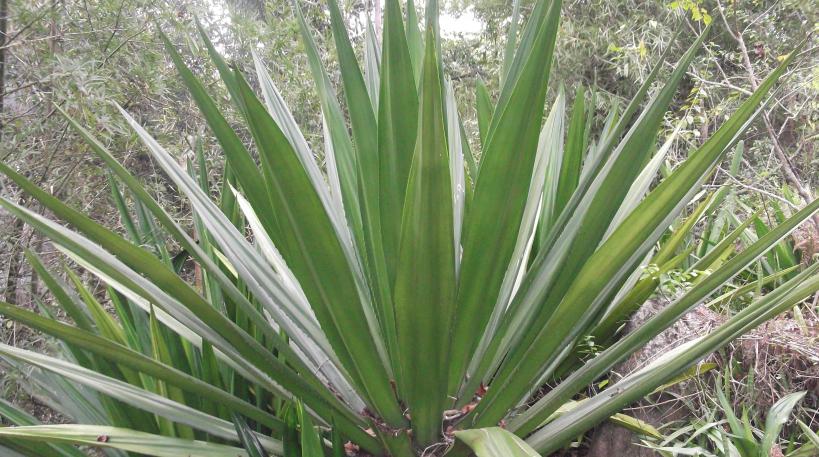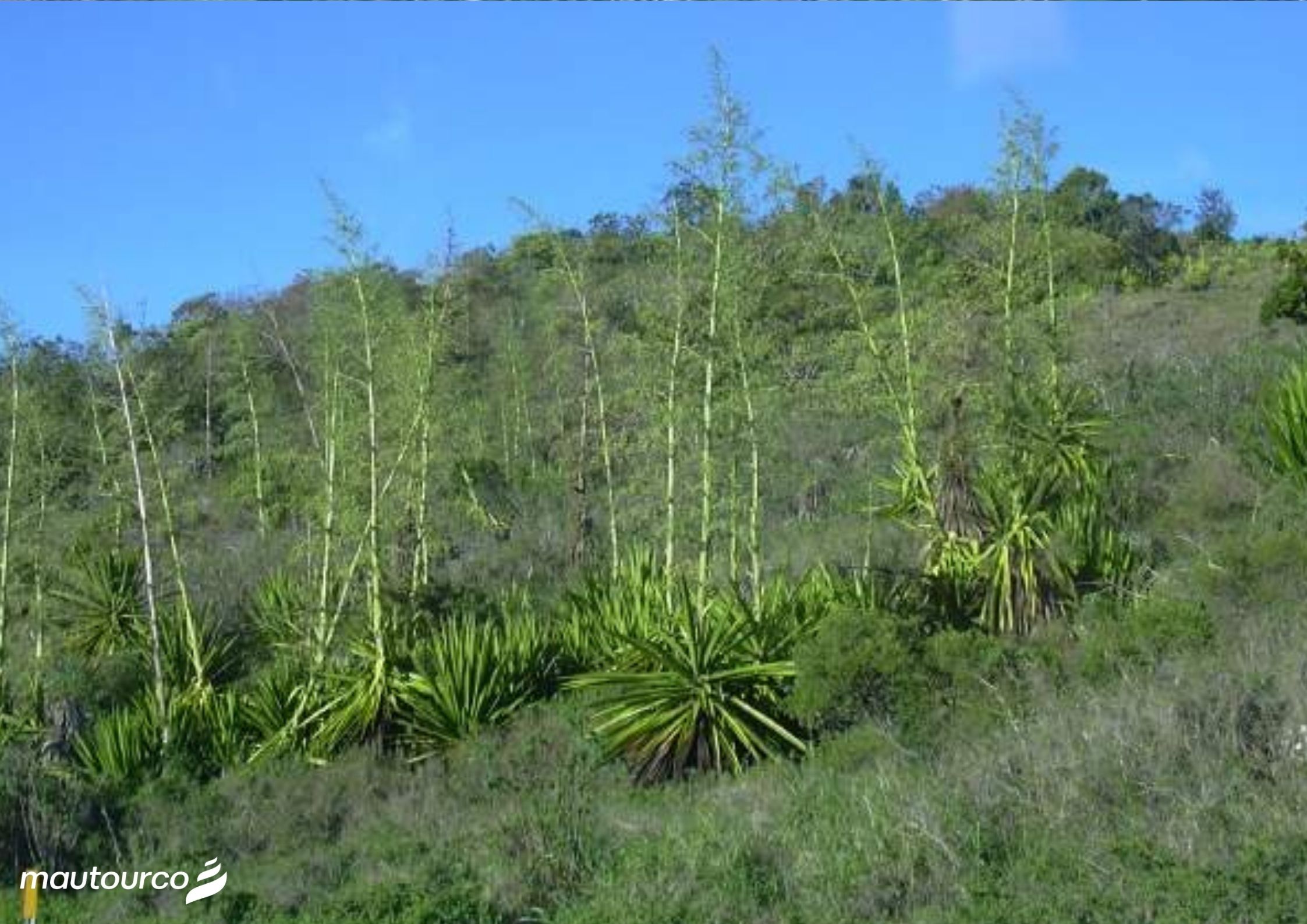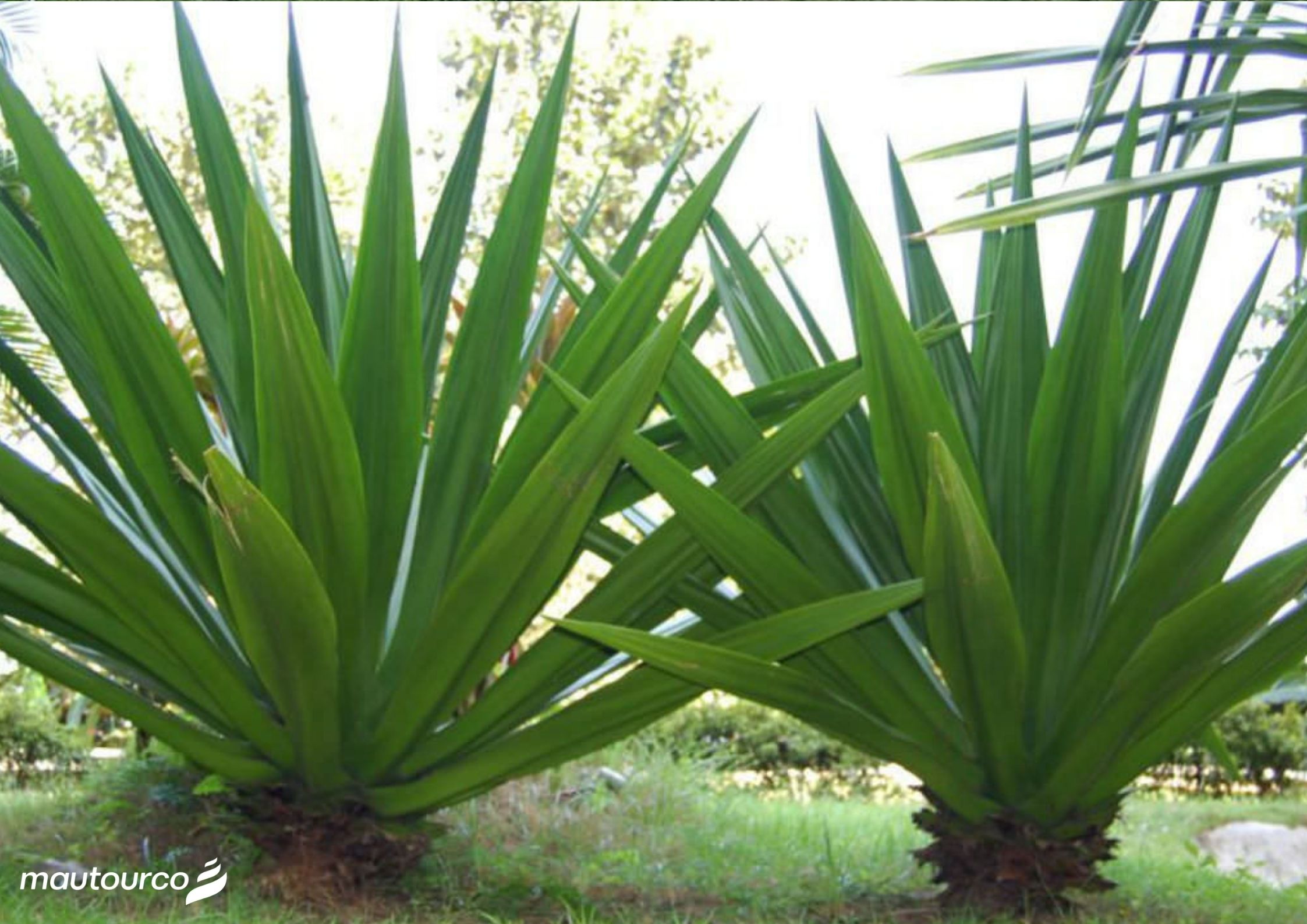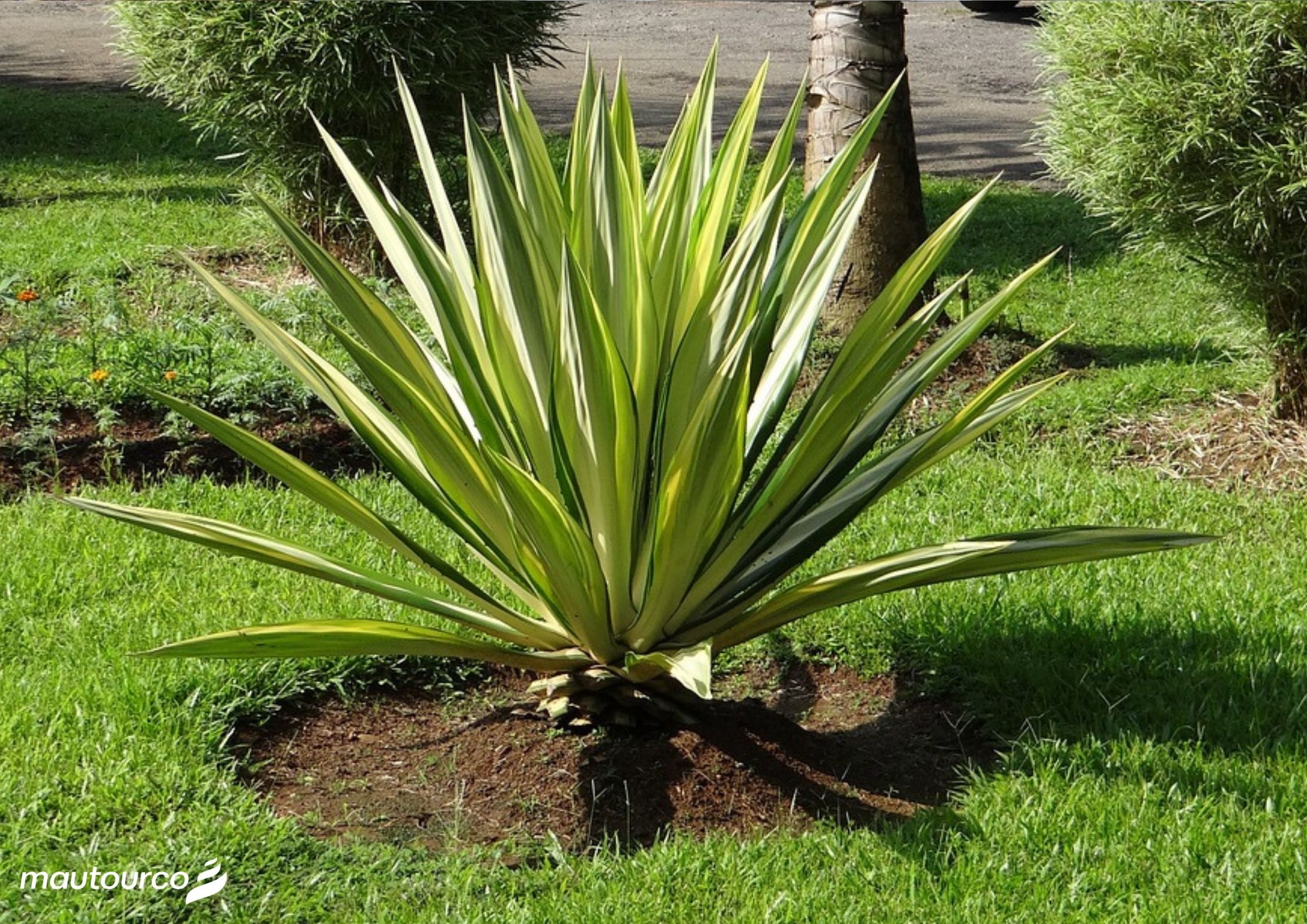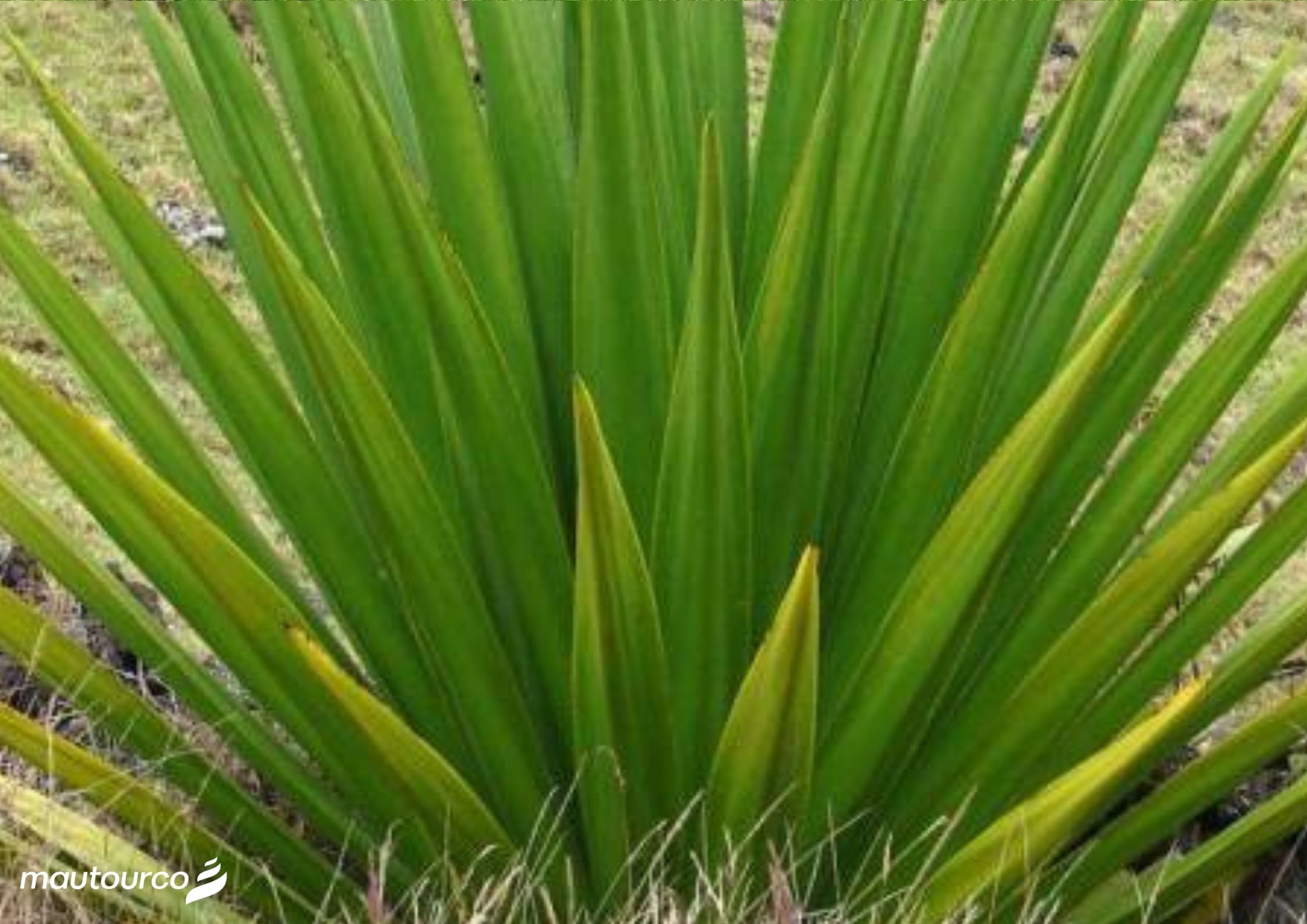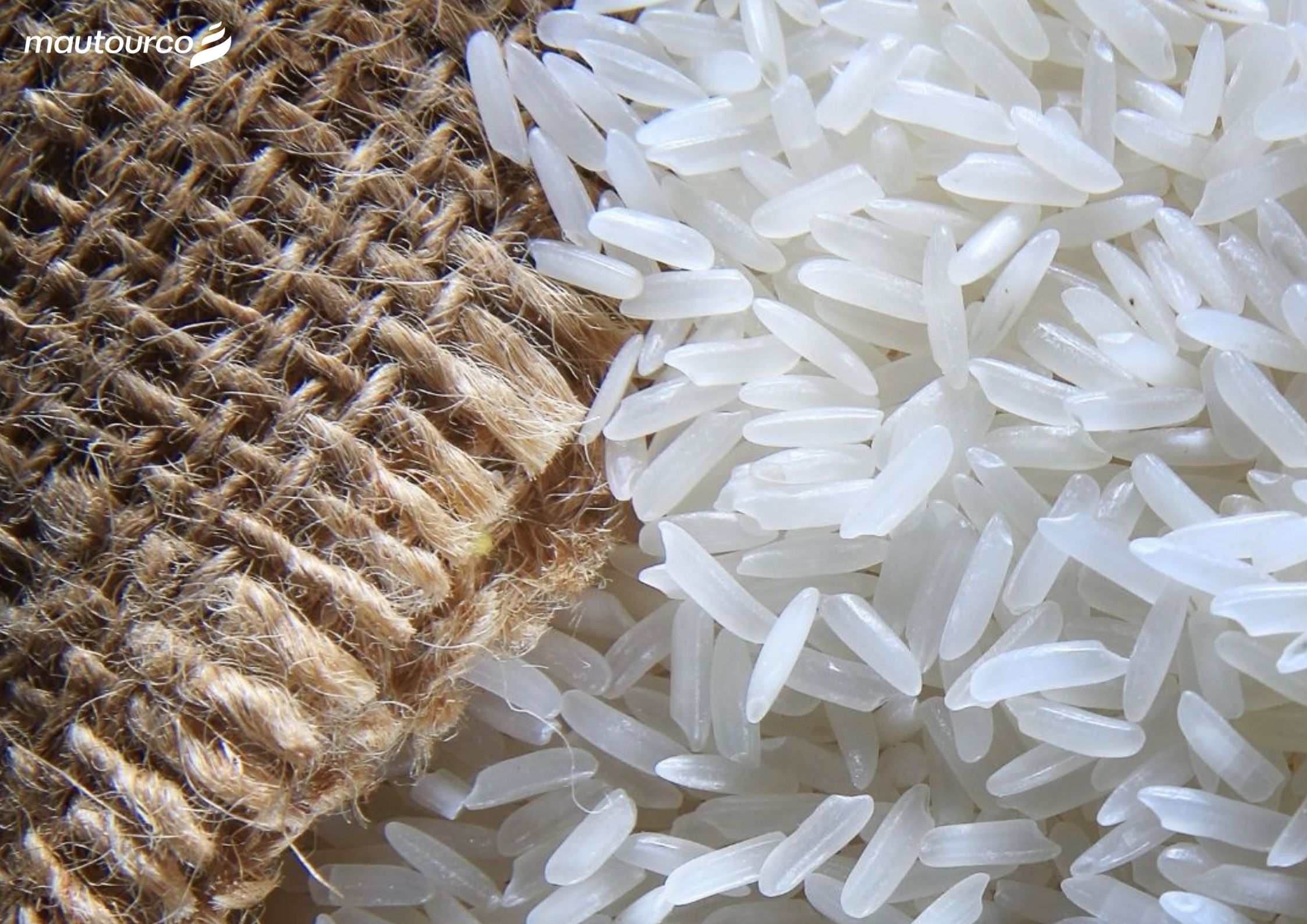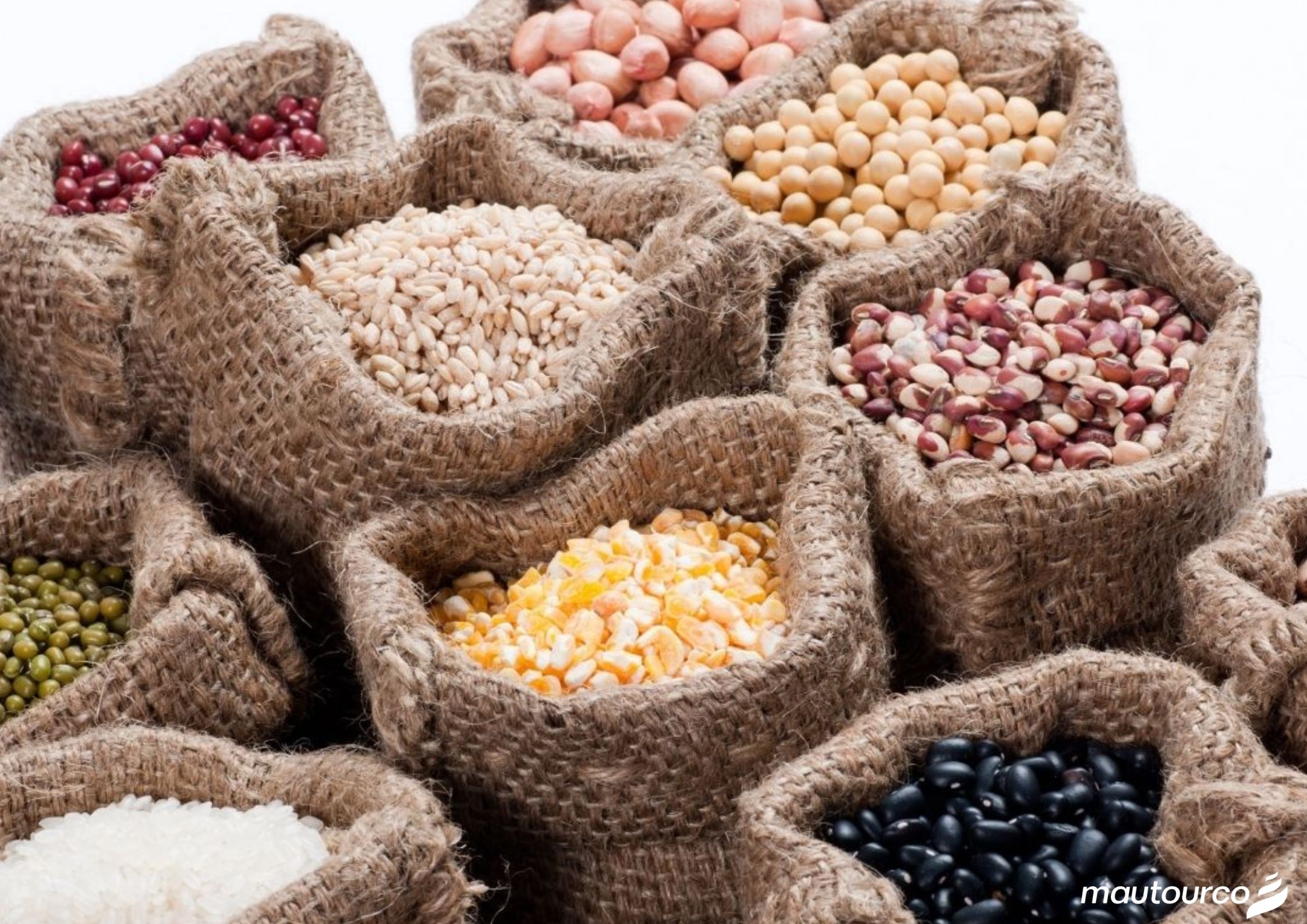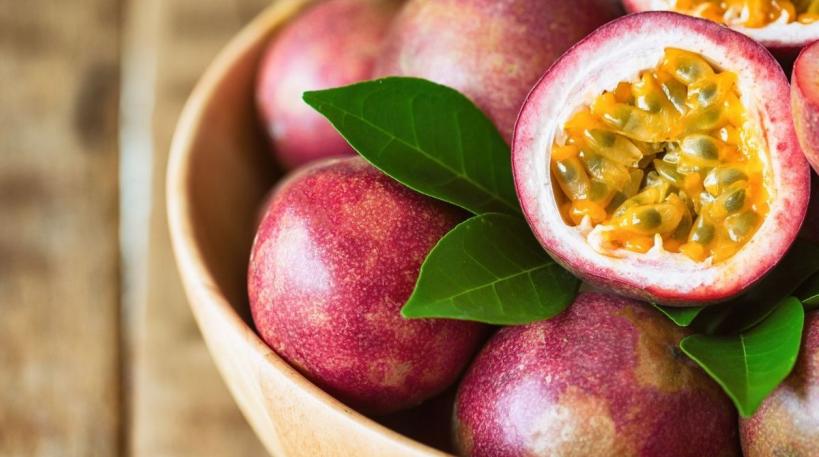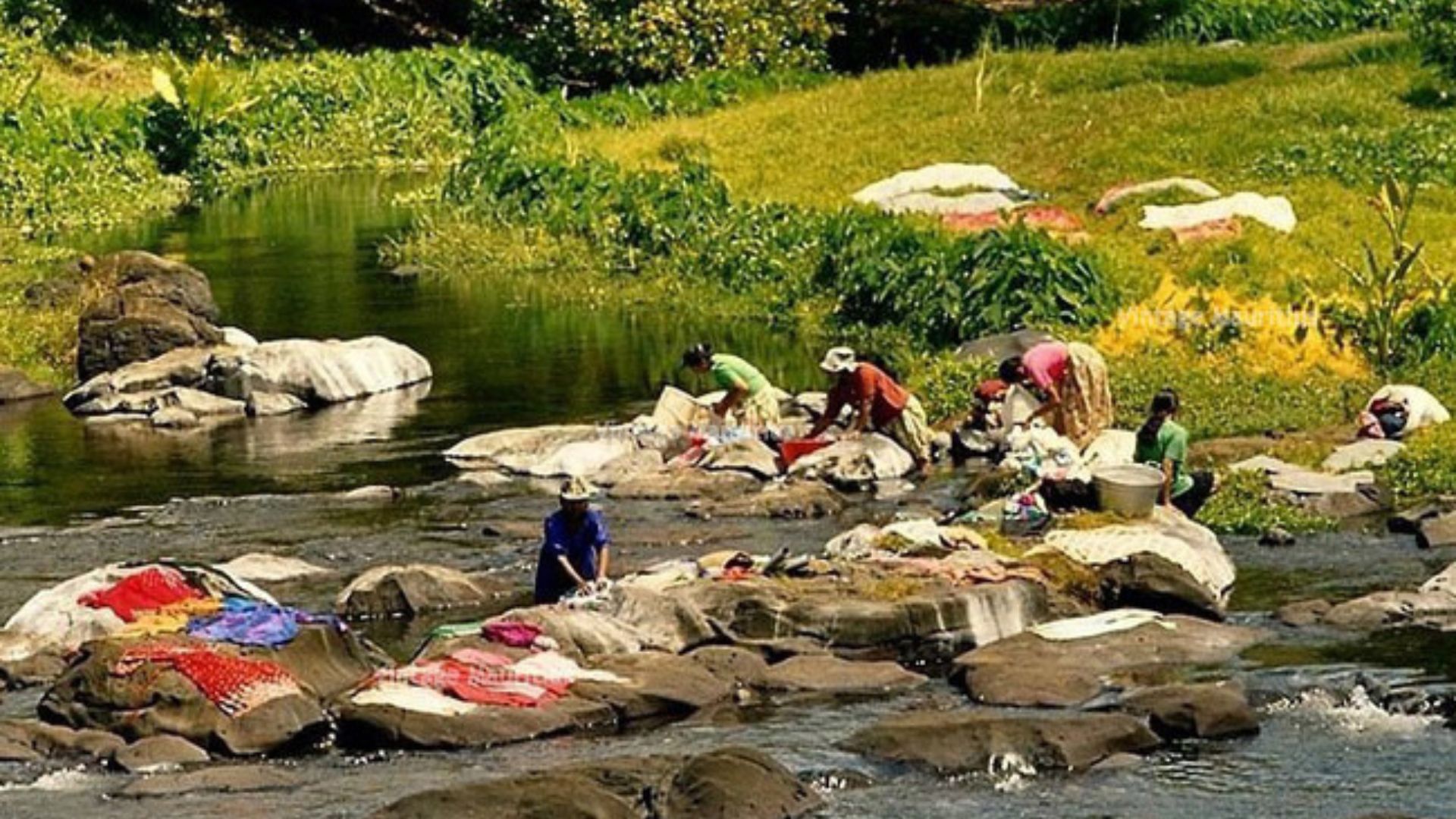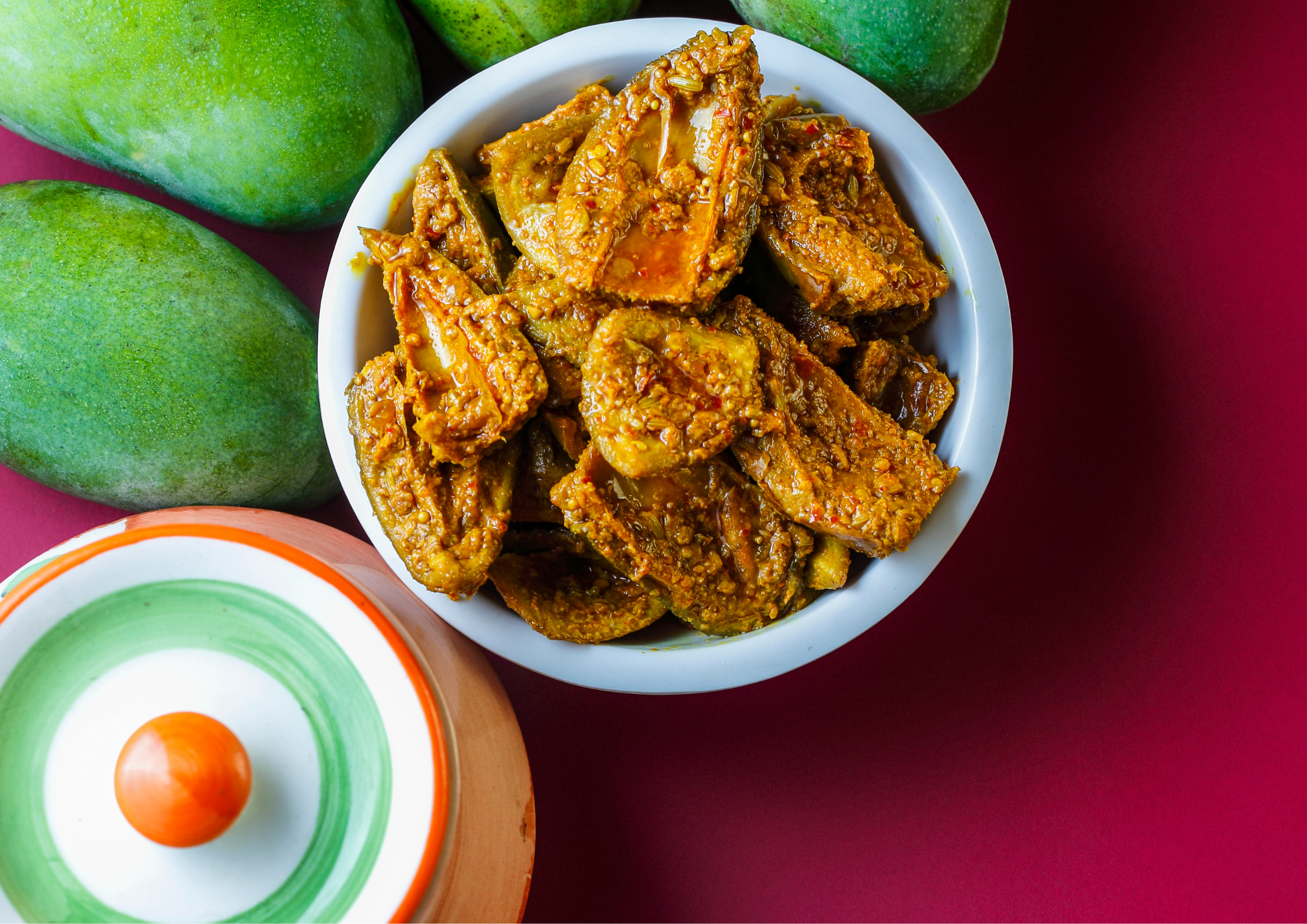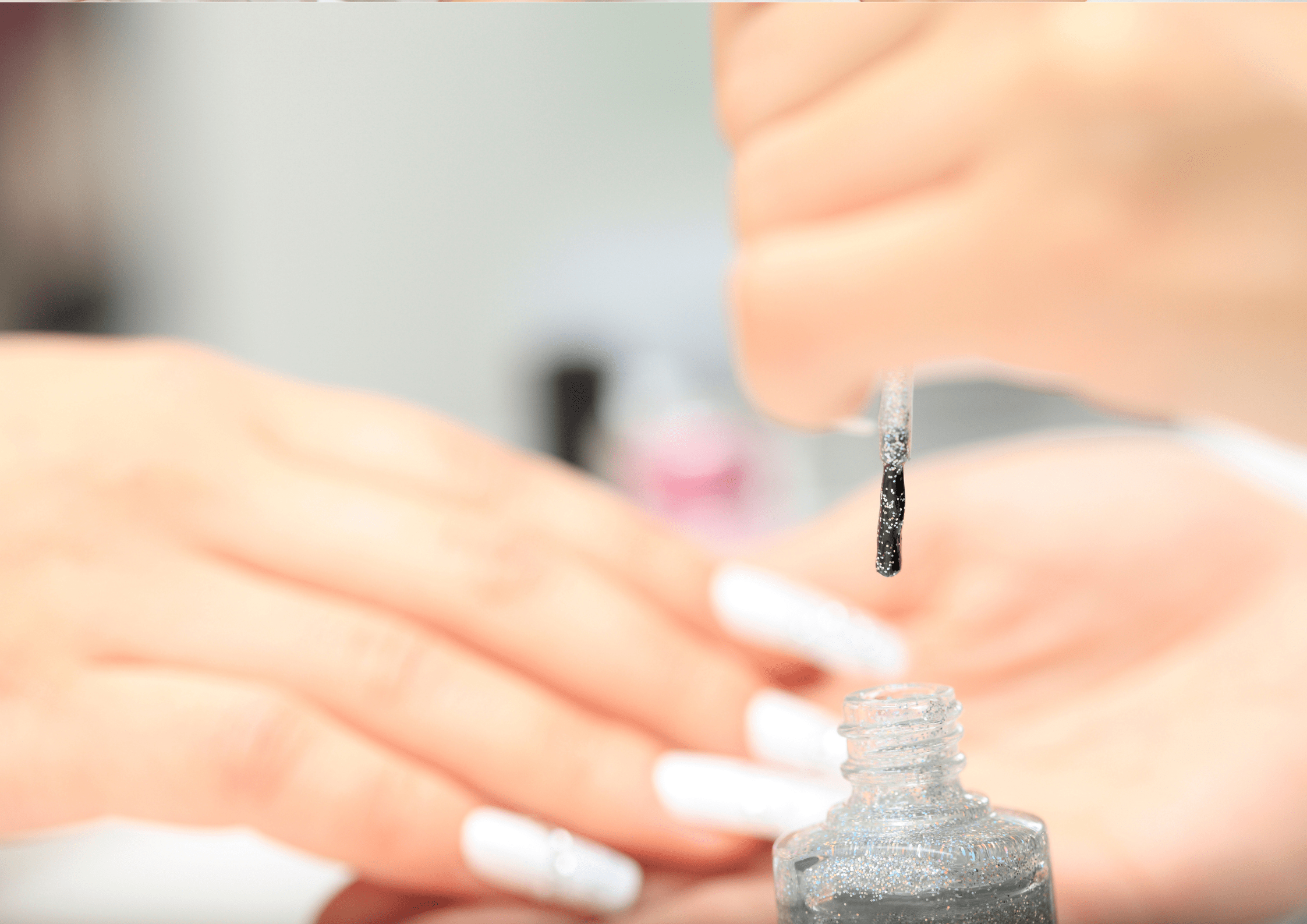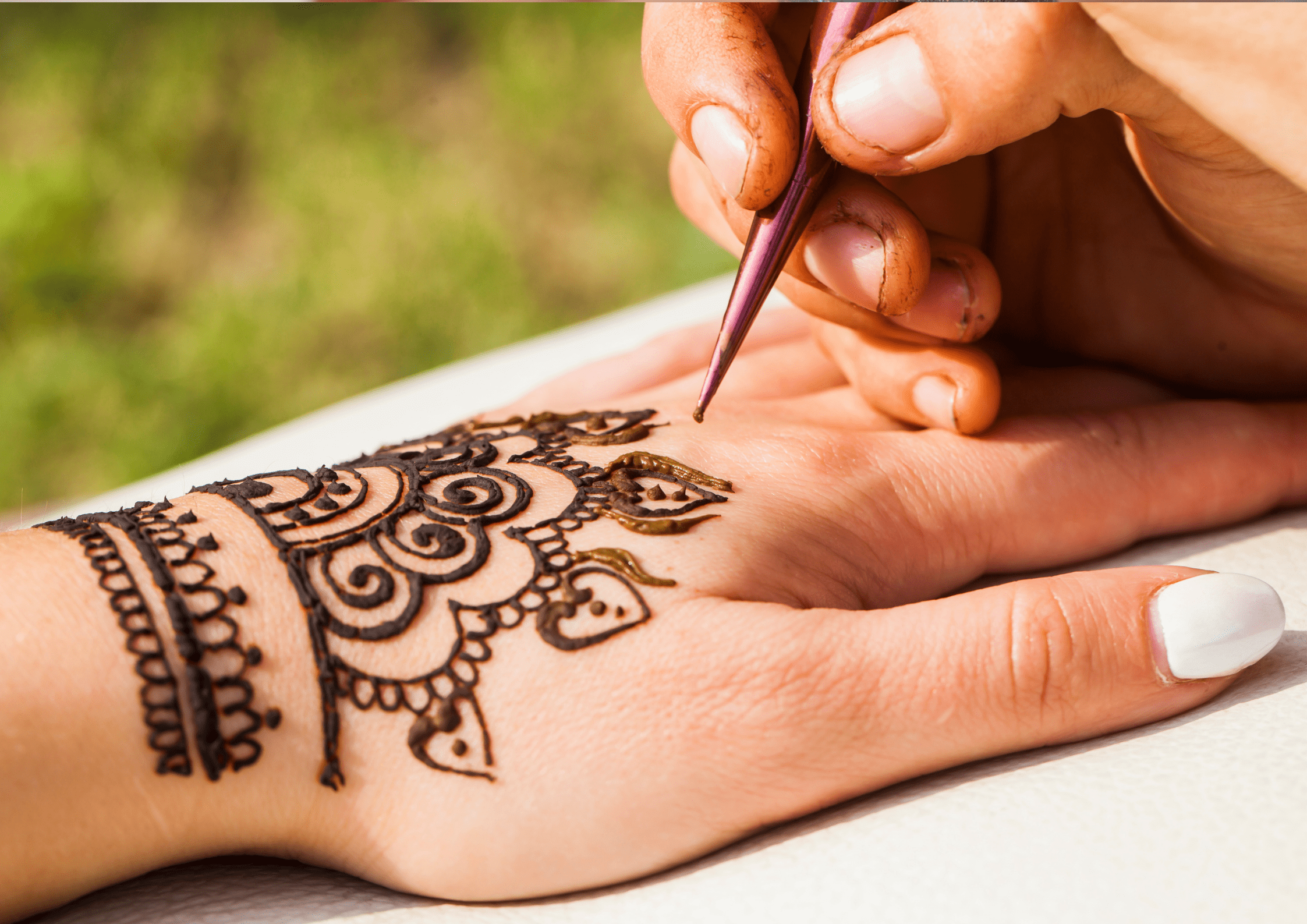Mauritius: Aloe Fibres Industry!
Known under the scientific name of Furcrea Gigantea, it is uncertain whether this plant from which fibre is extracted was originally of indigenous growth or introduced in the island of Mauritius. It is believed that it was imported in 1790 for ornamental purposes.
As early though as 1701, the Dutch Governor Roelof Deodati, Italian by birth was able to supply an English vessel calling for repairs with inter alia, rigging and cordage of local manufacture. The Furcrea Gigantea thrives remarkably well in Mauritius, requiring no cultivation and no attention. In 1909, there were some 34 aloe fibre manufacturing industries, most of which were situated in the district of Black River, on low altitude.
Practical immunity from damage of cyclones, the fibres were used to make “gunny’ or goni bags, very helpful to pack and ship agricultural commodities. Goni bags were intricately linked to the Sugar Industry and to Mauritian lives. One of latest ‘Goni’ bags manufacturing industry to close down was at Victoria Avenue in Quatre-Bornes.
With the prohibition of single plastic use commodities, woven aloe fiber bags which are very breathable fabrics are becoming trendy and are crafted nowadays to produce original pieces of art.
Why not end up with a Mauritian proverb? An empty ‘goni’ bag cannot stand on its own!
Lza M Natur

